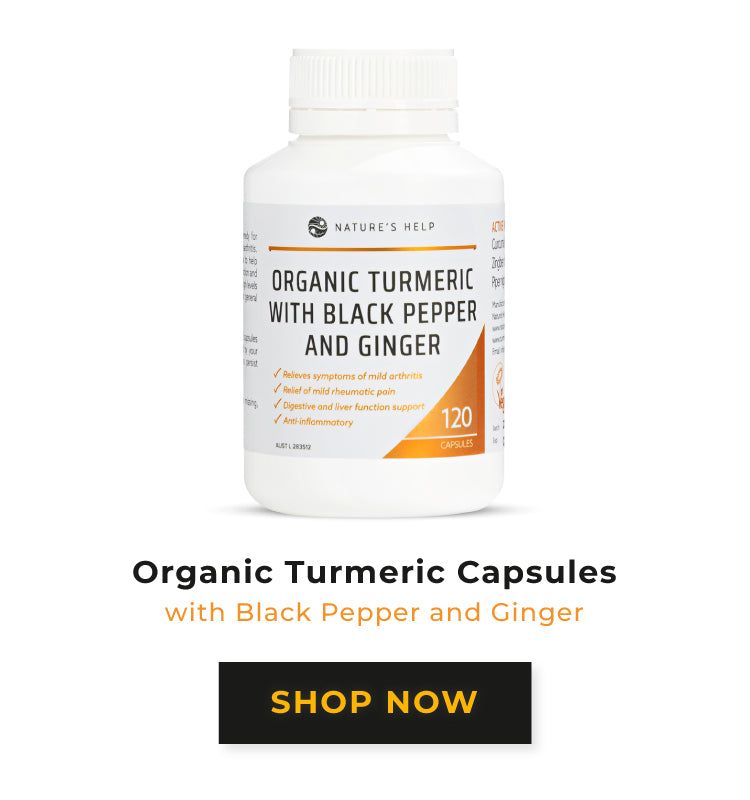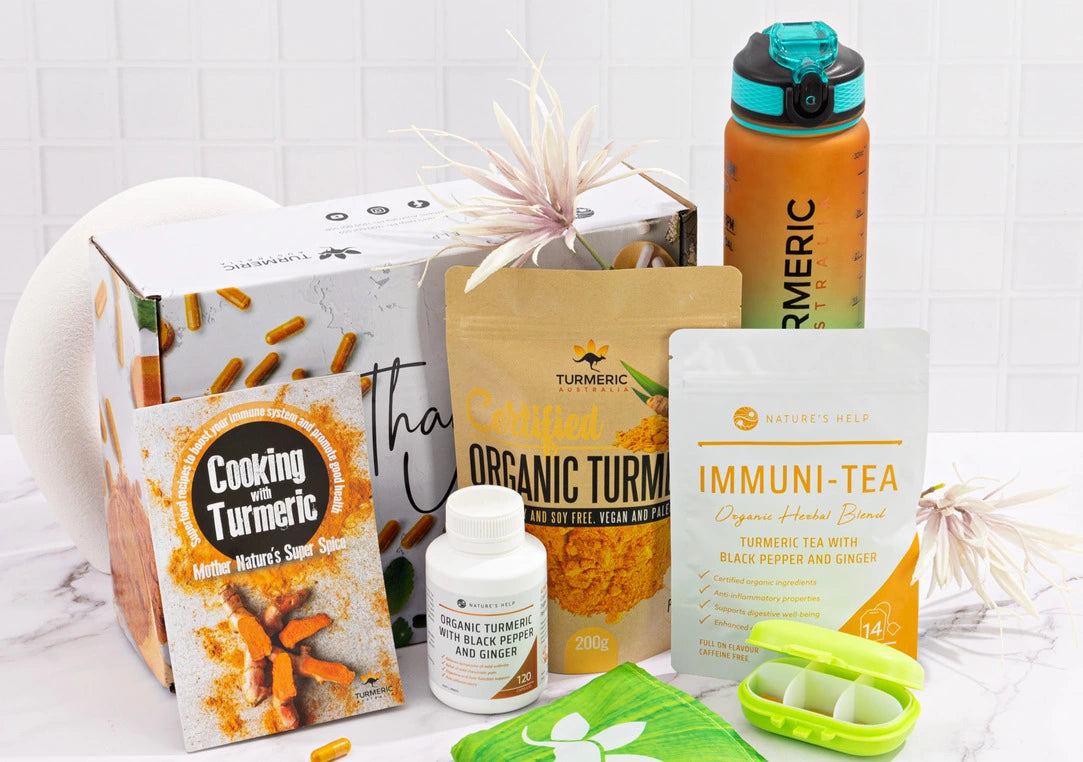All About Heart Health
What are you doing while you’re reading this? Are you sitting down? Drinking a cup of coffee? Lying in bed? Whatever you are doing, there is an organ that continues to pump in order for you to live. That is the heart. Your heart beats 100,000 times every day, pumping about five litres of blood throughout the circulatory system that’s responsible for its many important roles in your body.
Aside from Valentine’s Day, February is Heart Research Month so let us share some awareness by discussing your heart’s role in your body, how Australians are doing in terms of heart health, and foods that are good for the heart.
The Role of the Heart
The heart is a muscular organ that is about the size of the fist and rests slightly in the left side of the chest. It is part of the circulatory system. The heart pumps blood around this system, delivering oxygen and nutrients throughout the body. It’s composed of four chambers: 2 Atria chambers which receive the blood, and 2 Ventricles which pump out the blood. One side of the heart receives deoxygenated blood and pumps it to the lungs, while the other side receives oxygenated blood from the lungs and sends it throughout the entire body. This is the primary role of the heart: to deliver oxygen and nutrients that our body needs. This also makes the heart a vital organ, required to constantly work 24/7.
Australian Heart Health
Cardiovascular Diseases (CVD) is the general term for all heart-related conditions like heart failure, stroke and the like. According to DoctorDoctor, CVD is “Australia’s Deadliest Disease”, and 1 Australian dies of CVD every 12 minutes which translates to 30% of all deaths. Australian Bureau of Statistics also states that CVD accounts for 11% of all hospitalisations from 2015-2016. The same institution also says that from 2017-2018, one in every twenty Australians get heart diseases, and the number fairly stays the same over the years; CVD is more common in men, about 5.4% of the population, compared to women (4.2%). This just shows how prevalent heart diseases are in the country, and lifestyle-related risks such as unhealthy diet and smoking are responsible for this.

Heart Disease
Coronary heart disease is the narrowing of the arteries, also known as atherosclerosis. This happens when fatty deposits (plaques) stick to the walls of the arteries and ultimately clog it. With that, blood clots and blocks the arteries, causing a heart attack. Blood flow and supply of oxygen to the heart is hindered, causing damage to the heart cells.

Importance of Eating Healthy
Did the above statistic alarm you? Well, it’s a good thing you can be proactive to try and avoid belonging to the 30%. As they say, “prevention is better than cure”, and one preventive measure is eating the right food. By consuming healthy foods, you can recover and even reduce your risk of developing heart disease.
Eating healthy is not that hard. In fact, health foods are just in your local supermarket. All you have to is to know what foods to purchase to make healthy meals. For example, meals low in salt and saturated fat is essential if you’ve had a heart attack. Here are more ways to eat healthy:
- Eat fruits and vegetables, whole grains, seeds and nuts every day.
- Consume to two three servings of seafood per week
- Lean towards healthier oils and fats
- Avoid baked or fried goods like chips, biscuits and cakes
- Avoid salt as much as you can
- Keep drinking water and avoid drinks with sugar
Foods for the Heart
Here is a list of foods that can help you maintain good heart health.
- Fishes rich in Omega-3 like tuna and salmon
- Almonds and walnuts
- Berries which have phytonutrients and fibre
- Legumes which are high in fibre, B-vitamins, minerals
- Red wine that help control cholesterol levels
- Soy in veggies
- Green vegetables which are high in vitamins C and E, potassium, folate, calcium and fibre
- Fruits which are rich in beta-carotene, potassium, magnesium and fibre
- Dark chocolate with high proportion of cocoa
- Turmeric
The list of foods good for you, and which body parts they benefit, may be hard to remember. But that may actually be the trick: remember the food to remember the body part! Here are examples:

Tomatoes are red, and so is the heart. The insides of tomatoes also look like the chambers of the heart.

Like tomatoes, red pepper and many other red foods are rich in lycopene which are good for the heart.

Berries like strawberries and raspberries that are shaped like the heart are rich in Vitamin C and polyphenol (an antioxidant)/

Cherries contain an antioxidant known as anthocyanin, and are high in potassium.

Finally, acorn squash and apples contain tons of fibre.
So, next time you are looking for a heart-healthy snack, remember that if it looks like your ticker, it’s probably good for it too.

Wait, Turmeric?
Yes, you read it right! Turmeric is also good for the heart. Turmeric has long been used as a natural anti-inflammatory and anti-oxidant, properties of which are found in the active ingredient called curcumin. If you still don’t know the difference between Curcumin and Turmeric, click here.
Luckily, our Organic Turmeric capsules will give you these benefits of Turmeric. It has black pepper which aids in the absorption of curcumin by your body. Take these on a daily basis and reap the benefits of Turmeric.



